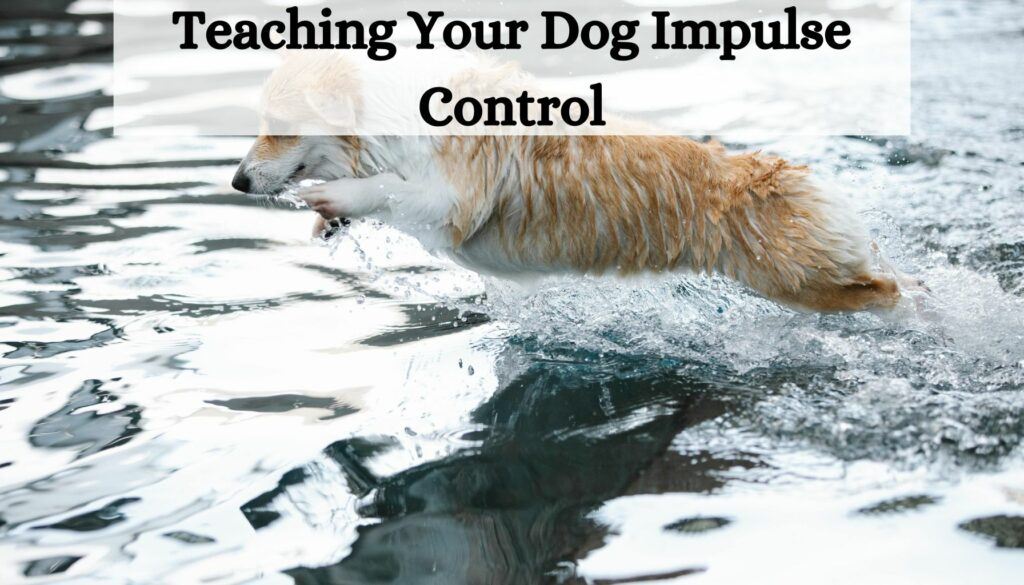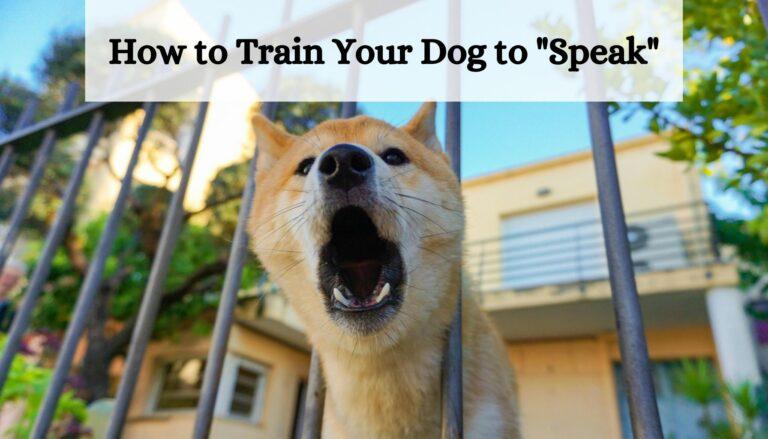Impulse control is a critical aspect of dog training that helps prevent unwanted behaviors such as jumping, excessive barking, and grabbing food off the table. By teaching your dog to control their impulses, you’re not only improving their manners, but also enhancing their overall responsiveness and safety. This guide provides effective strategies to help your dog learn impulse control, promoting a calm and obedient demeanor.

Understanding Impulse Control in Dogs
What is Impulse Control? Impulse control training teaches dogs to pause and think before acting on their instincts. It involves training your dog to resist an immediate temptation in favor of a delayed but more rewarding outcome. This skill is fundamental for fostering a harmonious relationship between you and your pet, ensuring they behave appropriately even in the most tempting situations.
Techniques for Teaching Impulse Control
1. Start with Basic Commands Begin with basic commands such as “sit,” “stay,” and “leave it.” These commands lay the foundation for teaching your dog to pause and await further instructions rather than acting on impulse.
2. Use Positive Reinforcement Always use positive reinforcement to reward your dog for exhibiting control. Treats, praise, or toys can be effective rewards that encourage your dog to repeat the desired behavior. Ensure that the rewards are sufficiently motivating to capture your dog’s attention and commitment.
3. Practice with Controlled Distractions Gradually introduce distractions to test and strengthen your dog’s impulse control. Start in a low-distraction environment and slowly increase the level of distraction. For example, practice the “leave it” command with a less tempting treat first, then progress to more tempting items as your dog’s control improves.
4. Implement Waiting Games Games like “wait” for meals or treats are excellent for teaching impulse control. Have your dog sit and wait while you place their food bowl down. Use a release word to let them know when they can eat. This teaches patience and reinforces that good things come to those who wait.
5. Delayed Rewards Increase the time between your command and the reward. This teaches your dog that patience pays off. Start with shorter delays and gradually increase the waiting period as your dog’s ability to control their impulses improves.
6. Consistency Is Key Impulse control training requires consistency. Be clear and consistent with your commands, rewards, and expectations. This consistency helps your dog understand the rules and the behaviors that are expected of them.
7. Increase Challenge Over Time As your dog becomes more adept at controlling their impulses, continue to challenge them by introducing more complex situations or commands that require greater self-control. This could involve practicing commands at the park, during walks, or in other public settings where distractions are high.
8. Addressing Setbacks If your dog struggles or regresses in their training, take a step back and reduce the difficulty level. Go back to basics if necessary, and gradually build up to more challenging scenarios. Patience and perseverance are key in overcoming setbacks.
Conclusion
Teaching your dog impulse control is a transformative process that enhances their ability to cope with excitement and temptation. By incorporating these training strategies into your routine, you can help your dog develop the discipline they need to behave well in both quiet and challenging environments. With time and consistent practice, your dog will learn to control their impulses effectively, leading to safer and more enjoyable interactions for both of you.






